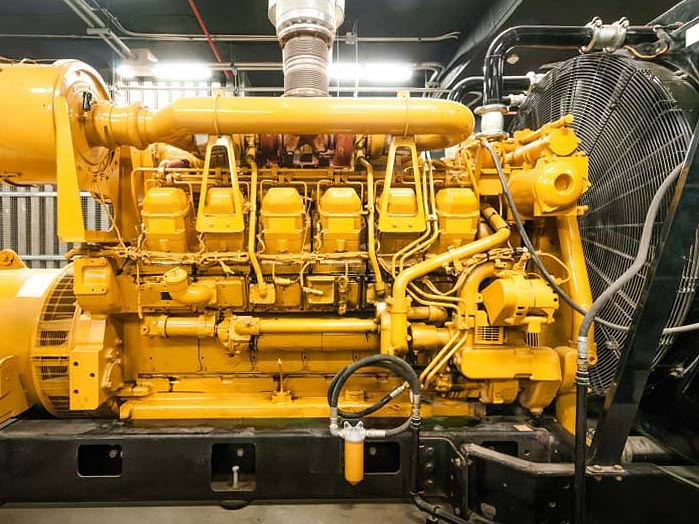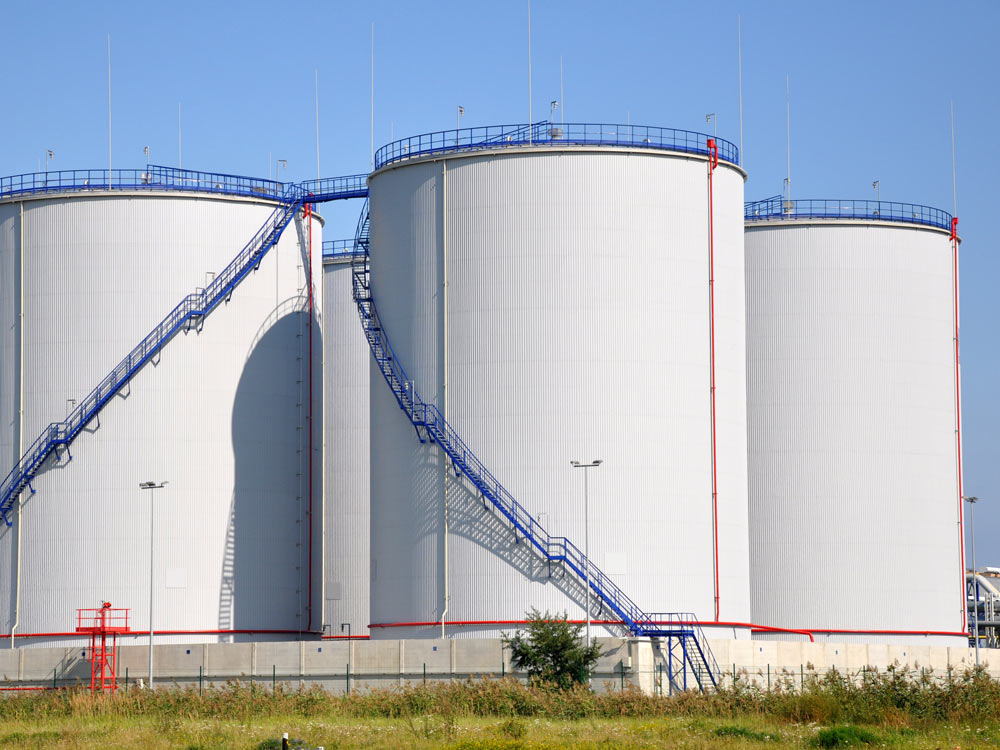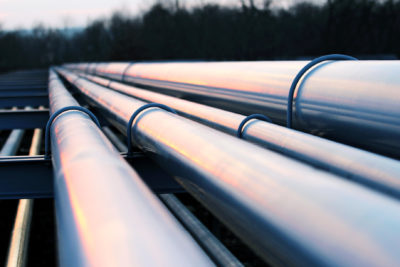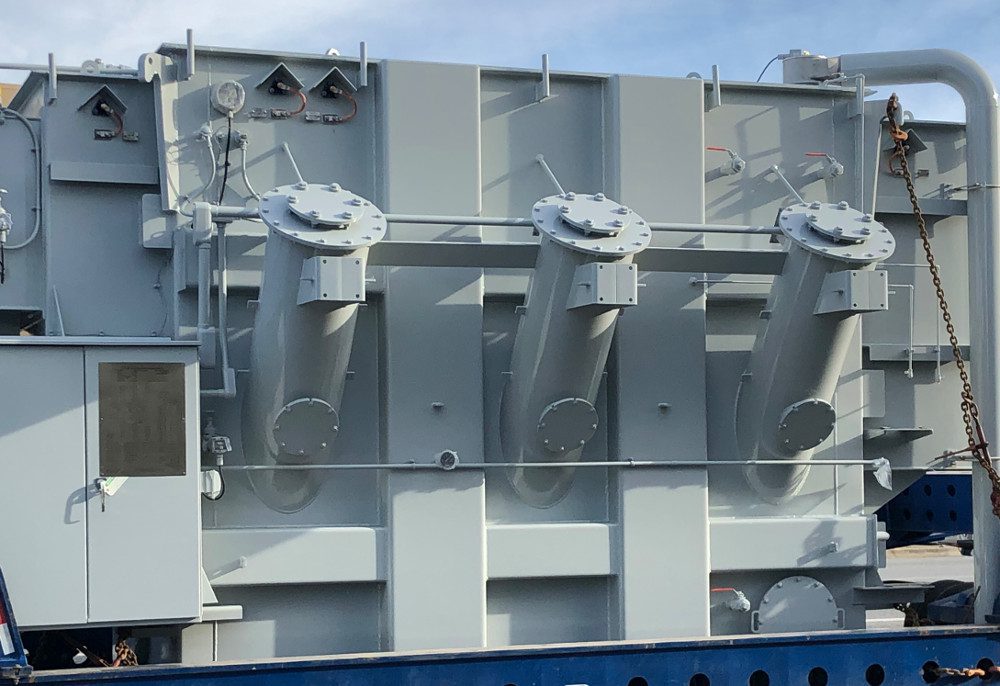Leaking liquids can threaten people, equipment or the environment. Early detection is the key to taking corrective action before damage is done. To that end, TRM Sensors has developed an array of sensors and monitoring devices that detect leaks at the earliest opportunity. But just as important is the ability to ignore liquids that are present but non-threatening. Too many “false” alarms create complacency and make the system just as unreliable as failure to detect a real leak. Each application has a different definition of what is normal and what constitutes a real leak alarm. Check out the details below.
Indoor/Commercial
Hospitals, police stations, high rise residential and office buildings frequently are equipped with emergency/back-up generators. Diesel is still the preferred solution for large scale commercial or institutional installations. The problem: storing and pumping large quantities of flammable fuel in a corner of the basement is a safety risk, but more frequently it is an overlooked environmental hazard. Leaks find there way to floor drains; floor drains lead to waterways and “leak detection by neighbors” is still the most common way that indoor delis leaks are discovered. TRM Sensors has s diesel fuel leak detection sensor tailored to this application.

Outdoor/Industrial
Outdoor leak detection is driven by protecting the environment. Oil, fuel or hazardous fluids discharged into surface waterways or into underground aquifers are costly to clean up and very costly to the owner’s reputation. TRM Sensors LLC has a variety of sensors and monitoring options designed to detect leaks from above ground and underground storage tanks as well as pump, valve and pipe leaks at their earliest onset.

Water Cooled Electronics
Water and electronics don’t mix. For decades, data centers and server farms have dedicated special attention to the chilled water supply and return lines and HVAC units providing the cold air necessary to keep computers cooled. There are dozens of cable type and spot detector water detection cables already on the market. But server designs are achieving even higher density and higher power levels and have reached a point where forced air room cooling is not adequate to remove the excess heat. Water cooled servers are beginning to make their appearance and the combination of small gauge water tubing in the midst of high power, hot electronics requires a new style of water detection.

Steam Conduits
Steam pipe and condense returns lines are often enclosed within a buried or above ground conduit system. Once installed systems like these are difficult to inspect and monitor. If a leak occurs, a water puddle is likely to form a few feet from the actual leak. Detecting when and where the puddle forms is extremely valuable information when the buried pipe may run for hundreds of feet. Water leak detection cables with location capability have existed for several decades, but very few are rated for service above 90°C. And that’s the problem for installations in the vicinity of steam pipe and pressurized condensate lines. Ambient temperatures can easily exceed 150°C and design life extends for years. The new TRM WaterWire®-HT system has been designed for this specific challenge: detect and accurately locate water; operate for years in very high ambient temperatures (232°C /450°F); be small enough and flexible enough for installation in conduit systems with tight clearances.

Industrial Oils
Mineral oil used to cool and insulate transformers is hard to detect; so are hydraulic oil, lube oil and heat transfer fluids. These industrial oils share a common feature: they don’t conduct electricity and they have all been refined to remove volatile components. The desirable traits of these working fluids are what makes them difficult to detect with the types of probes and cable used to detect fuels or conductive liquids.
But just like fuel or hazardous fluids, undetected leaks of industrial oils can lead to environmental damage and if undetected long enough to equipment failures and business interruption. Like their fuel system counterparts, oil filled transformers, stationary hydraulic machinery and similar equipment is usually expected to operate independently for years without daily staff interactions or inspections. Eventually bushings, gaskets and couplings develop leaks. Detecting these leaking fluids as soon as possible after onset can make the difference between a simple maintenance response and far more costly service outage and disruptions.

